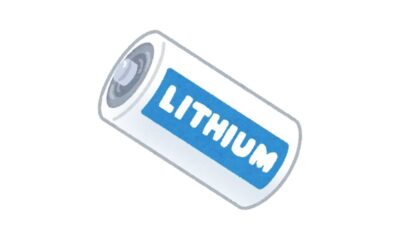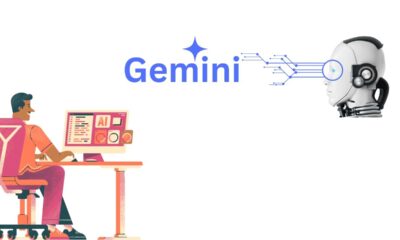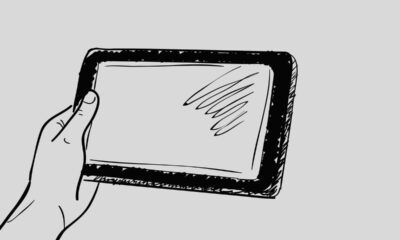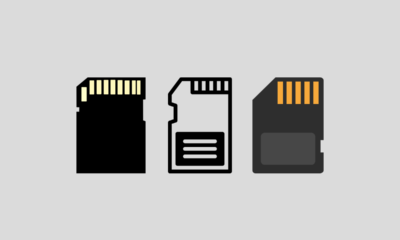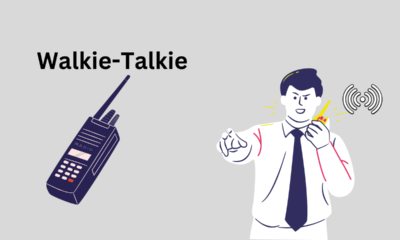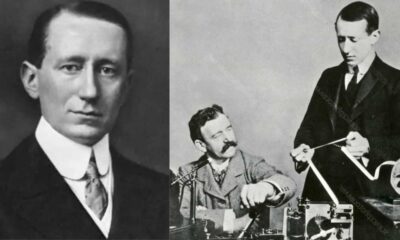Tech
Heavy Delivery Drones are Coming Soon
Delivery Drones:- There’s a new generation of drones that are being built to fly longer distances, at jetliner elevations, while carrying large payloads.
Delivery Drones:- There’s a new generation of drones that are being built to fly longer distances, at jetliner elevations, while carrying large payloads.
And these cargo carrying drones could be coming to an air space near you. Cargo drones could potentially upend the logistics industry, making deliveries that are safe, and efficient, and environmentally sustainable, but they can also be an administrative nightmare.
There’s a reason that giant companies like Google, and Amazon, and UPS are pushing ahead with their plans to fill the skies with cargo carrying drones, money.
Morgan Stanley estimates that autonomous urban aircraft could eventually become a 1.5 trillion dollar industry, by 2040, and that includes everything from vertical takeoff and landing the plane, flying cars, military UAVs, and yes, delivery drones.
Now there are a whole bunch of delivery drones that are being tested today. But what if you want to receive something more massive than an Uber Eats order?
Before they can rake in all that cash, drone operators are out to prove that these devices can deliver a social good, and that’s why so many pilot programs are focused on providing medicine.
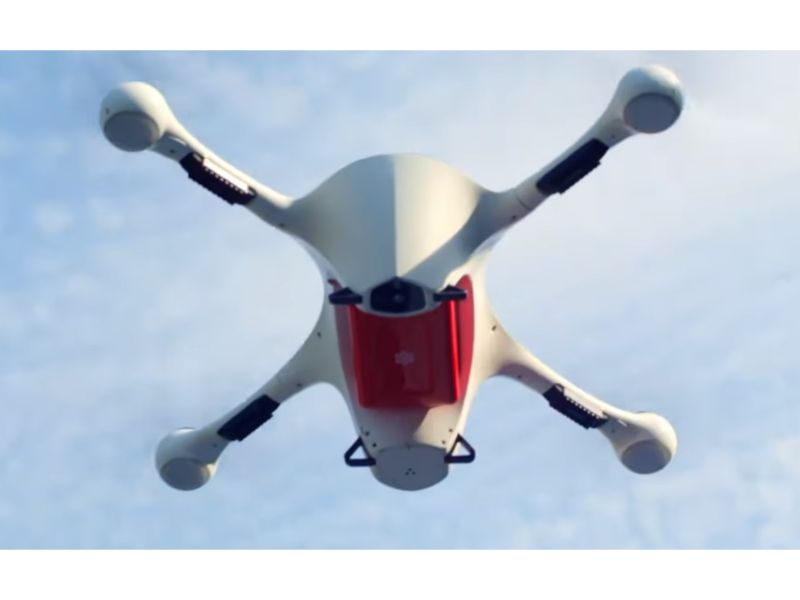
Matternet is working with UPS to deliver blood samples to hospitals in North Carolina. Zipline is flying in medical supplies to remote locations in Rwanda. Swoop Aero is dispensing vaccines and other medication to tiny islands in the Pacific.
All those drones exist today, but what about the ones that are still under development, the heavy lifters. Let’s call them cargo drones, drones that are built to fly higher and further than anything available today, all while carrying weighty loads.
So Sabrewing is working on a prototype that can achieve speeds of up to 180 knots, and a cruising altitude as high as 22,000 feet. It’s called Rhaegal, which yes, is one of the dragons from Game of Thrones.
Another is called Nautilus, and it’s working on a 30-foot prototype that’s about the size and weight of a military predator drone. It’ll be capable of transporting 700 pounds of cargo a distance of 2500 nautical miles.
The company is also working on a larger scale two-ton freighter about the size of a Boeing 777. Both companies are using measurements associated with boats because they are being designed to take off and land in the water, and that’s because they probably won’t get the regulatory approval to fly over populated areas.
Now, speaking of Boeing, the aerospace giant is working on its heavy-duty drone capable of carrying payloads of 500 pounds. But what kind of work goes into building a cargo drone?
Elroy’s CEO, Dave Merrill, talked about the challenge of building an aircraft capable of carrying this kind of weight. – At this scale, there’s a lot more modeling that goes in, a lot more aerodynamics that goes in. You need more capital, you need specialized expertise, for testing each building block.
So it’s a different kind of effort than building a smaller drone system. – And Merrill said that while some companies are retrofitting their drones for autonomous flight, Elroy is building its aircraft to be self-flying from day one.
They’re being built to attach and drop cargo as well as take off and land without any human interaction. – So the aircraft can land, taxi to a cargo pod, pick it up, and then take off again, without needing a person to come out and load or unload the system.
And we did that to save time so that the aircraft can always stay in motion, ever being utilized. And they also are designed for a much longer range. Most delivery drones, people are thinking about the last mile, we think about the previous 100 miles.
Elroy envisions its system being used to deliver packages over medium distances, in rural areas, or between distribution centers. – The benefit of vertical takeoff and landing is that you have a lot more flexibility in where the system can operate.
So, it can take off and land from an airport, or a helipad, but also it can take off from a parking lot, or the rooftop of a parking garage, or even a field. – The organization hopes to own a fleet of autonomous drones in the air, making deliveries by 2020.
I don’t think it’s as far away as we believe, but I do believe that companies are betting that some portion of the automated flight is going to be moving stuff around that’s not just small packages. – This idea of using drones to move goods between giant warehouses is super exciting.
But also, it raises some valid concerns about energy consumption. A 2018 research from the journal”Nature” discovered that electrical drones were far more effective than trucks, trucks, and trucks, and automobiles. – A drone can reduce greenhouse gas emissions for package delivery in most areas of the country by a decent amount, and in really low carbon electricity grids, like out west, and in New York state, it can reduce it by half, or more.
Although the analysis discovered that benefits could be paid off when the power useful for recharging and warehousing has been shrouded in, drones have a less environmental impact than a one item delivery by car. Today, the big problem is regulation. The unresolved issues include whether it’s safe allowing drones to fly outside a pilot’s visual field of sight, or even to use through the nighttime, or also to fly more humans.
And to answer these questions, the FAA created a pilot program to see how a drone delivery system might look in real life. Wing and Uber are just a couple of the businesses engaging, although perhaps not Amazon, that will be testing its drones having a consortium of European organizations in Belgium.
The tech development race for urban air mobility is going on right now. The technology, as it advances, should think through how it’s going to meet those certifications and make it safe for everybody. – So whatever set of guidelines the FAA and the private sector come up with, could have huge implications, not just for cargo drones, but also maybe for the way that we get around in cities in the future.
Urban air mobility is increasingly a hot pursuit among tech and aerospace companies. As absurd as it seems, the idea of flying cars is gaining serious traction. People are investing hundreds of millions of dollars in drone companies, today, because they believe that they will be more efficient, and better for the environment than the current system.
And that’s making people nervous. A Pew Research Center survey in 2017 discovered that 11% of Americans support drones, while 34% favor some limits on them. But 54% disapprove of drones flying near residential areas, and they site privacy and noise as their top concerns.
Credit: TheVerge

Tech
AI Alternative to GPT Chat
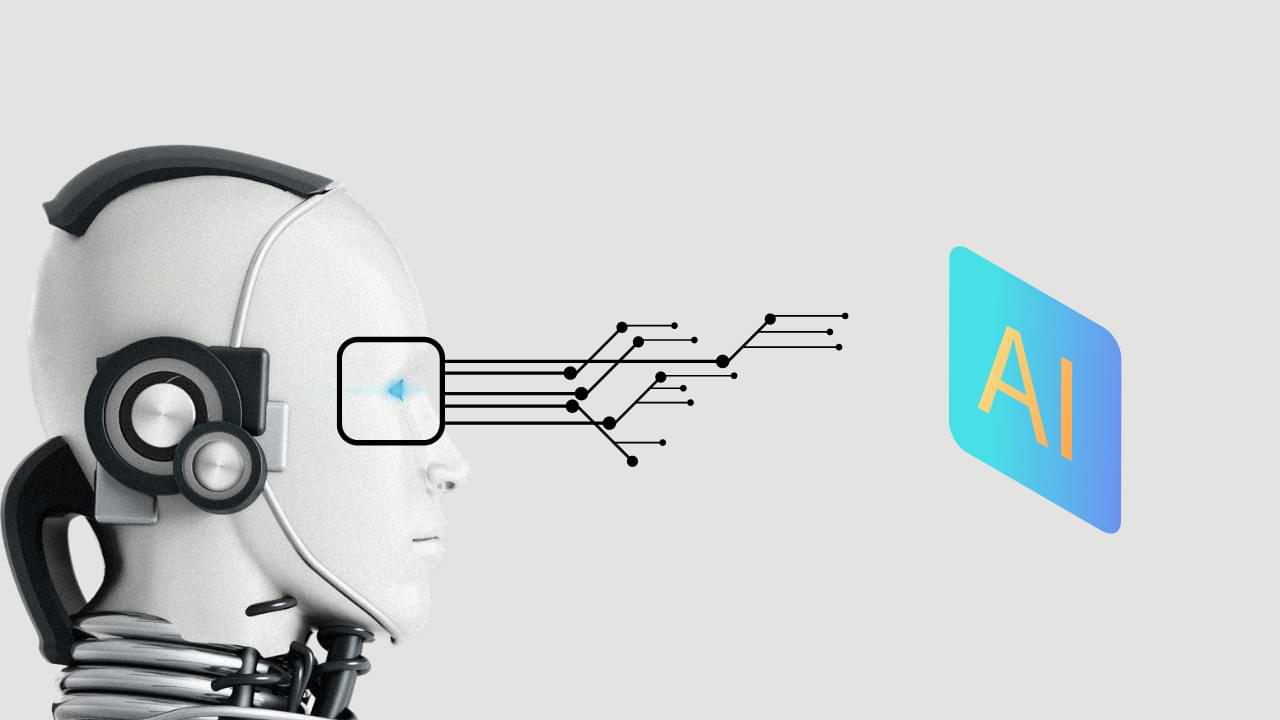
Recently, you may or have used ChatGPT. This chatbot is OpenAI (Artificial intelligence), which allows users to have conversations with AI. ChatGPT has emerged as a new innovation. With ChatGPT it has changed everything from creative writing to coding and even visual content creation.
In this article, we will provide information about popular ChatGPT alternatives that you can try. Whether it’s for text creation, research, coding, and visual creation.
The following are AI alternatives to GPT chat:
1. Google Bard
Google recently released a new feature called Google Bard, which is Google’s version of ChatGPT. Google Bard is an experimental conversational AI service. Bard is powered by Google’s latest PaLM 2 LLM.
You can use Google Bard as a generative AI for searches, creating presentations, creating speech scripts, and several other features. You’ll immediately see quick answers to questions at the top of the search results. Not to mention, you can also upload images to Google Bard.
Google Bard is quite curious, so we tried to make a comparison between ChatGPT vs Google Bard.
So we can conclude that Google Bard has the following features: Image upload, Chat history, Supported by the latest PaLM 2 model, Export to Document, Colab, Coding capabilities, Multilingual model, Implicit Code Execution
2. Microsoft Bing AI
Microsoft Bing AI. The updated search engine is powered by an optimized ChatGPT model, which Microsoft initially referred to as the Prometheus model, after which it was later confirmed as GPT-4.
Bing-ChatGPT is the new Bing also has a Chat mode that pulls in web queries and allows us to ask for contextual information based on those queries. This Bing bot AI search engine recently received a number of new features, including multimodal capabilities, visual answers, improved accuracy, and Bing Image Creator.
Bing even lets users plan trips, get recipes, seek advice, and more, just like ChatGPT.
Key Features of this Bing AI are supported by GPT-4, Supports visual input and output, Connect to the internet, Getting the latest information on any subject, Chat history, and Different chat modes.
3. Perplexity AI
Perplexity AI is another ChatGPT alternative that you can try. What differentiates this from other AIs is that Perplexity AI has an OpenAI API and, thus, performs well with good responsiveness.
If you visit the Perplexity AI website, it has been packaged in a minimalist and easy-to-use way. So it is easy and simple to use. The tool offers ChatGPT-like functionality, including the ability to host conversations and provide a variety of simple responses. However, unlike ChatGPT, Perplexity even cites the sources it uses to answer your questions.
Tech
Can AI Technology Replace Human Jobs? This is ChatGPT Answer!
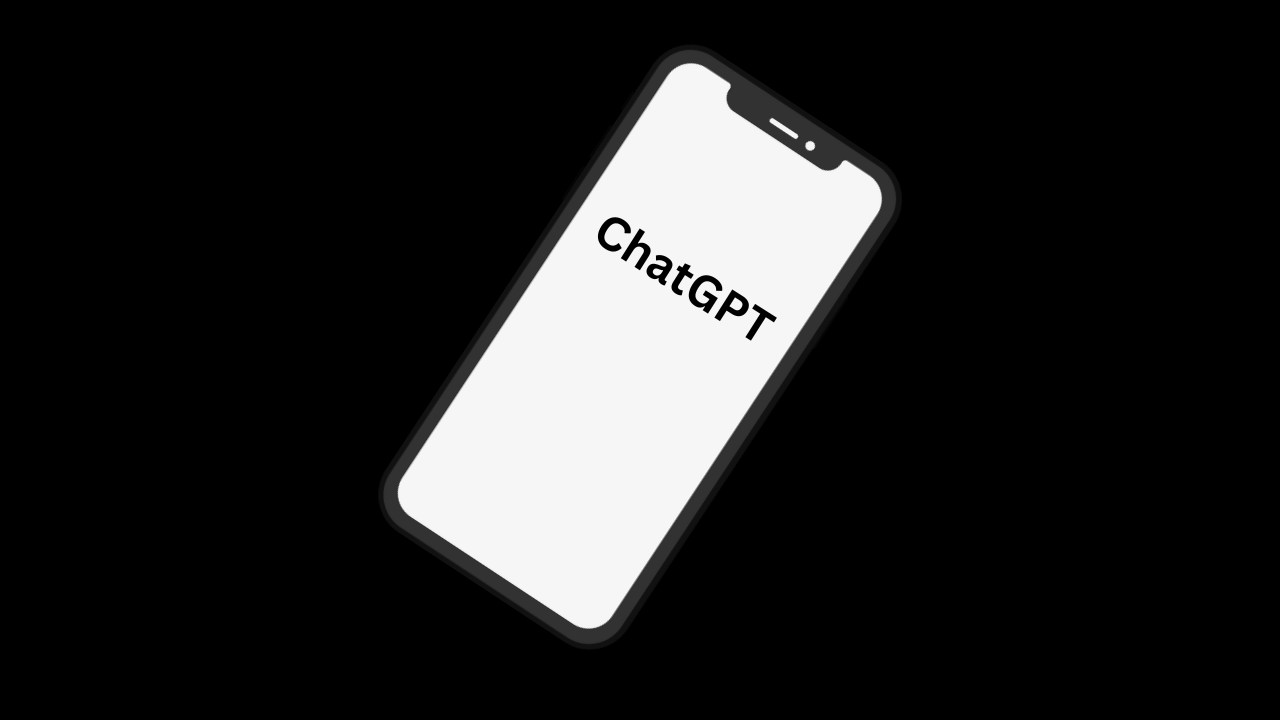
Much has been said about AI chatbots such as ChatGPT, Bing AI, and Google Bard, about whether in the future these tools can replace human work or not.
Recently, ChatGPT by OpenAI answered this question in great detail. What’s the answer?
ChatGPT says that AI-based chatbots can automate several jobs such as customer service, data entry, basic information retrieval, and many others.
This could certainly lead to some job shifts, but would not replace human workers directly.
“As an AI language model, I don’t have the ability to automate jobs or replace human workers directly. However, AI-powered chatbots like ChatGPT can affect certain jobs indirectly,” said ChatGPT, quoted from India Today.
“AI chatbots, including ChatGPT, have the potential to automate certain tasks previously performed by humans, potentially resulting in job shifts across several industries. Routine and repetitive tasks, such as customer service, data entry, and basic information retrieval, are more vulnerable to automation through chatbots,” he continued.
However, ChatGPT explains that it can also create new jobs that will benefit humans.
“The development, implementation, and maintenance of AI chatbots require specific skills such as AI programming, natural language processing, and data analysis, which can create new job opportunities in this field,” he explains.
Furthermore, ChatGPT emphasized that it is difficult for AI to replace human work as a whole because AI cannot imitate the natural sense of empathy, critical thinking, and problem-solving that every human has.
On the other hand, Bing AI said that this chatbot was designed to help humans and not harm them.
“Humans have nothing to fear from AI chatbots like ChatGPT because they are designed to help humans, not hurt them. AI chatbots are neither intelligent nor evil. They are only capable of doing what humans are programmed to do. They have no intentions or emotions of their own. They are tools that can assist humans with various tasks such as answering questions, booking meetings, composing emails, and more,” said Bing AI.
Tech
Samsung Releases AC WindFree Ultra, Saves Electricity and Can Filter Pollution
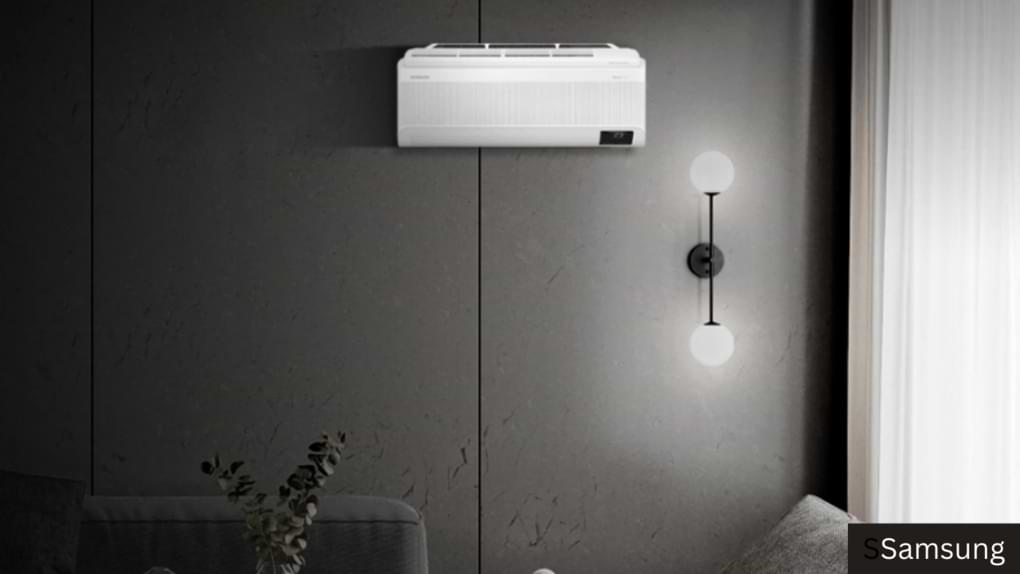
Samsung officially introduced its newest AC product in the WindFree Ultra series today, Monday (3/4).
Samsung WindFree Ultra is a smart air conditioner with air purification capabilities that are expected to be able to bring healthy air into the room.
AC SamsungWindFree Ultra is supported by Air Purification PM 1.0 Filter technology which is capable of capturing very fine particles.
Samsung claims that this smart AC is also able to sterilize more than 99% of bacteria.
The Samsung WindFree Ultra filter can be washed and used continuously so users don’t have to pay more for indoor air purification.
This device is also equipped with an indicator light, helping users to know the air quality in the room quickly.
Support Auto Cooling and Fast Cooling
Samsung WindFree Ultra comes with a fast cooling technology called WindFree Cooling.
When the new AC is turned on, the Fast Cooling feature will cool the room quickly. Furthermore, when the desired temperature has been reached, the WindFree Cooling feature is activated to maintain that temperature and provide an ideal comfort level.
When WindFree Cooling is active, cool air is distributed through 23,000 micro-holes in the body of the AC unit, allowing users to move, relax, and rest comfortably without being directly hit by cold winds.
When WindFree Cooling is working, this smart AC will also consume minimal electrical power, up to 77% more efficiently than the Fast Cooling feature.
This technology is also equipped with a Motion Detect Sensor which automatically changes the mode to save electricity when no one is in the room.
Saving electricity
Samsung AC WindFree Ultra already uses the Digital Inverter Boost energy-saving compressor.
This compressor allows the consumer to maintain the desired temperature while reducing energy consumption.
The Digital Inverter Boost compressor dramatically reduces the time it takes for the compressor to reach maximum power after start-up, cooling air 43% faster and reducing energy use by up to 73% compared to conventional air conditioners.
The lowest power consumption point obtained by this device can reach 180 Watts so the Samsung AC WindFree Ultra has received the highest rating, namely 5 stars for CSPF (Cooling Seasonal Performance Factor) Certification.
For more information and information regarding Samsung WinFree Ultra AC products, you can visit Samsung’s official website .
-
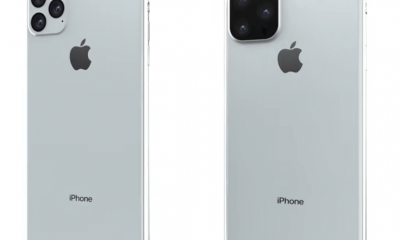
 Phones5 years ago
Phones5 years agoApple iPhone 11 (2019) – Release, Info, Leaks, Rumors
-
![Huawei's New Operating System is HarmonyOS [ Officially ],harmony os,huawei new operating system, huawei harmony OS,](https://www.thedigitnews.com/wp-content/uploads/2019/08/Screenshot__2285_-removebg-preview-2-1-400x240.png)
![Huawei's New Operating System is HarmonyOS [ Officially ],harmony os,huawei new operating system, huawei harmony OS,](https://www.thedigitnews.com/wp-content/uploads/2019/08/Screenshot__2285_-removebg-preview-2-1-80x80.png) Phones5 years ago
Phones5 years agoHuawei New Operating System is HarmonyOS [ Officially ]
-

 News5 years ago
News5 years agoBelle Delphine bath water – Instagram Model Sells Used Bathwater For 30$ To Their Loyal Followers
-
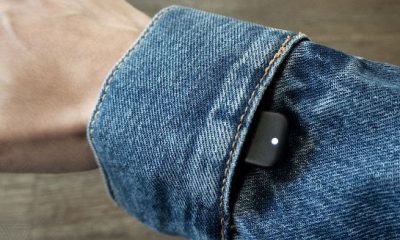
 Tech5 years ago
Tech5 years agoLevi’s Bluetooth Jacket Lets You Control Your Smartphone

